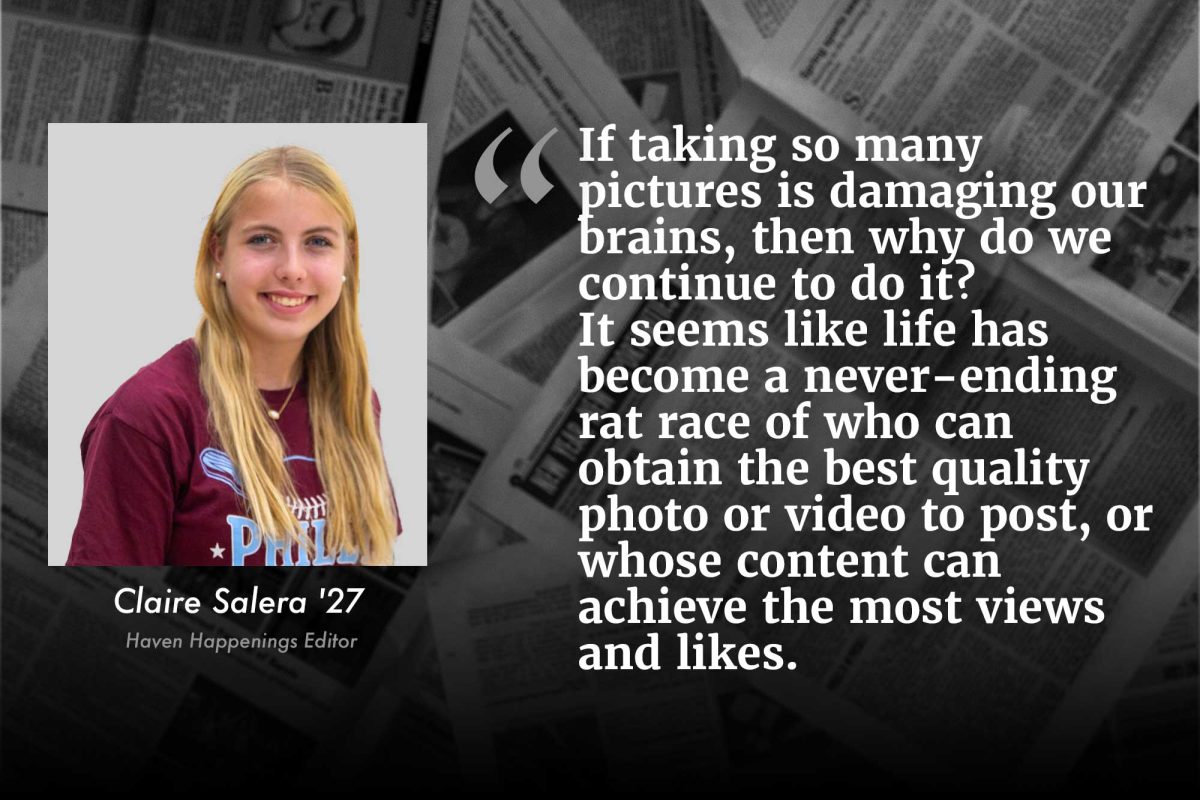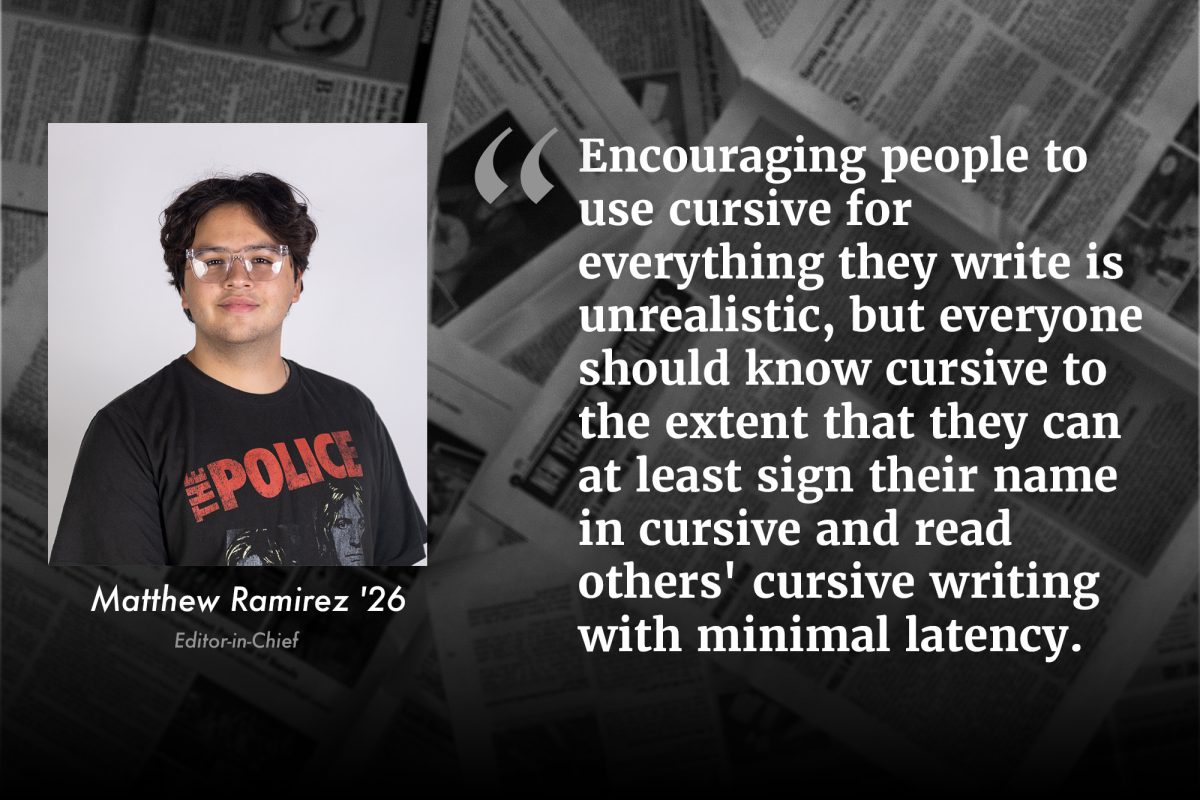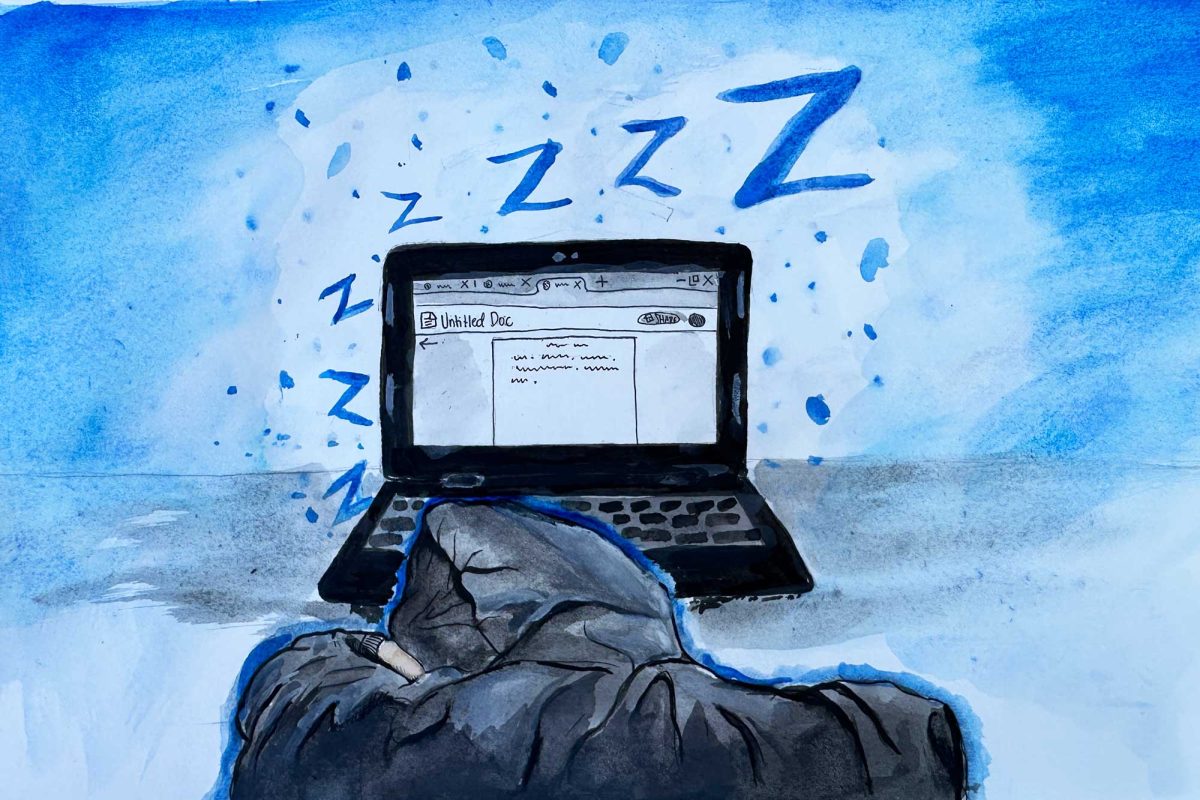To eighth-grade science teacher Mrs. Lisa Cobb, her 21 years of work in the district has been anything but effortless.
As the middle school’s only Black eighth grade teacher, Cobb is one of nine professional teachers of color—10 educators of color involved in additional non-teaching roles—employed by WSSD across all schools within the district.
Cobb reflected that this reality has posed a long struggle for her since she first arrived in the district in the early 2000s.
“There has been a critical need for more diversity amongst the staff throughout the district for the past 21+ years,” she said.
However, according to Cobb, the district’s inability to diversify its teaching staff poses a more threatening problem to the educational development of its students of color. As one of just three Black teachers at the middle school, Cobb stressed the significance of representation on the futures of Black middle schoolers.
“I categorically believe that because Black teachers are critical for the success of Black students, we need to work even harder to recruit and retain them,” she said. “The district must see the marginalized children of color as a priority.”
It’s clear from widely researched data as well as Mrs. Cobb’s statements that students of color learn better when taught by teachers that represent their racial identity. Notably, a 2020 study conducted at the Graduate School of Education at the University of North Carolina at Chapel Hill found evidence that hiring more racially diverse teachers can have outstanding benefits in closing the racial achievement gap in education.
UNC Chapel Hill Professor Assistant Professor and researcher Constance Lindsay states that this achievement gap is more of a “demographic mismatch.” Lindsay cites research by economist Thomas Dee that found both Black and White children had significantly higher achievement when assigned to a teacher of their race—but because White students are far more likely to have same-race teachers, they disproportionately benefit.
In a school district that is consistently ranked as one of top ten in the state, what could indicate an urgent need to diversify the teacher body?
According to Cobb, the education received by students of color is nowhere near the same education experienced by their white counterparts.
“There isn’t a large population of underperforming students in the district,” she said. “However, the cohort we have happens to be largely the students of color. Over the years, I’ve taught a plethora of BIPOC (Black, Indigenous, People of Color) students who expressed in the classroom/school they felt a sense of exclusion, discomfort, embarrassment, targeting, or loneliness.”
After my conversation with Cobb, I took to the halls of Strath Haven to get a more personal perspective on how this crisis affected students of color at the high school level.
I started off first by asking students their race, and chose to define the term “students of color” to fall within the Black and Latinx demographic, as, according to Cobb, those are the students that are most affected by this issue.
After confirming I had a balanced demographic, I first asked students if they felt racially represented in their school community, and second, I asked them if they believed hiring more diverse teachers would help their overall school experience.
Out of 10 Black and Latinx students of color, five out of the five black students stated that no, they did not feel represented at Haven, and yes, hiring more diverse teachers would help their overall school experience. Four out of the five Latinx students reported the same results.
Hearing from the students themselves reaffirmed the sense of urgency Cobb demonstrated. Students of color are feeling isolated and unrepresented at Haven, and our administration isn’t making the necessary steps to prioritize its most underprivileged children.
So I sat down with district superintendent Dr. Marseille to figure out the school’s real intentions to reverse these damages.
“We have been more intentional with our efforts in recruiting and retaining educators of color, but we have much more work to be done,” Marseille said. “Our first step is educating those in positions of influence and hiring to understand the value of a diverse workforce. We then have to implement systems that allow us to interview qualified candidates of color.”
Even if WSSD deems it necessary to prioritize the diversification of its teachers, the pool of K-12 teachers of color is very shallow. Just over 20 percent of public school teachers in the U.S. identify as people of color, compared with more than half of students in public schools, according to a 2021 Pew Research study.
“The research is irrefutable on the impact (academically and socially) of having a teacher from the same cultural and racial background as a student. K-12 systems must create better experiences for children of color to see themselves as educators. Unfortunately, there are not a lot of people of color entering education,” Marseille said.
Aside from the fact that teachers of color are an integral part of any education system, to some students of color, teaching as a future profession is stigmatized due to their traumatizing past experiences within the education system. However, despite the fact that for many students of color pursuing teaching isn’t encouraged, it doesn’t disqualify from the fact that there are still teachers of color available that if, given the initiative, would be drawn to a well-resourced and elite school district such as WSSD. As Mrs. Cobb put it:
“We are an affluent school district. And hiring more educators of color seems like an easy fix; however, if it’s not prioritized the problem is perpetuated year after year.”
The district must take the initiative in ensuring their most marginalized students have the best opportunities to succeed. Point blank.
“Children that aren’t seen culturally don’t feel a sense of belonging,” Cobb said. “They aren’t often involved in social activities, clubs, or academic honor courses where historically we know minorities can/have excelled.”
It is the district’s job to provide an equitable education to all of its students, and this job must start with students feeling represented in a learning environment that is conducive to their success. Without action, more students of color will fall through the cracks. If we allow this to happen, more and more marginalized students will continue to feel alone in a community that won’t put their future first.










